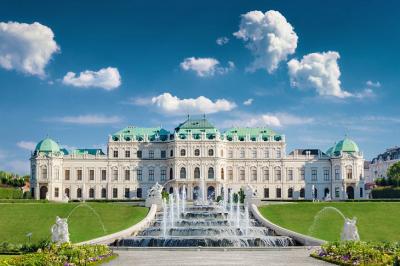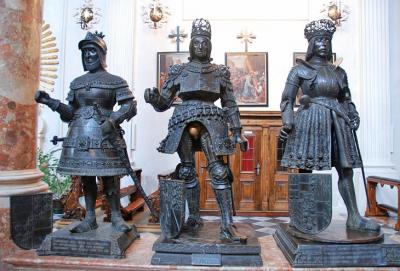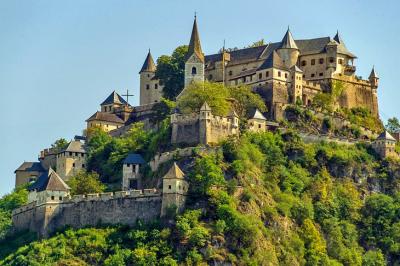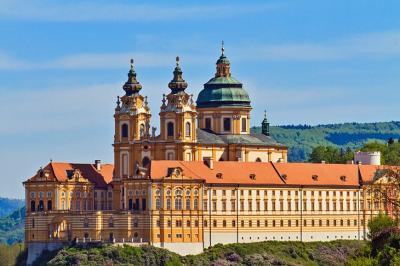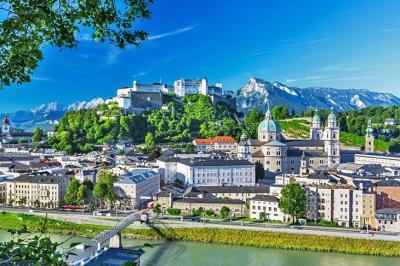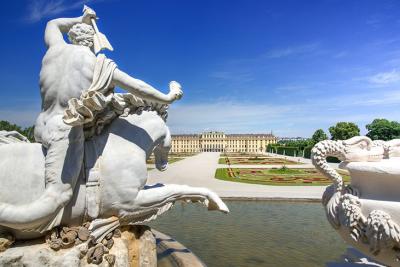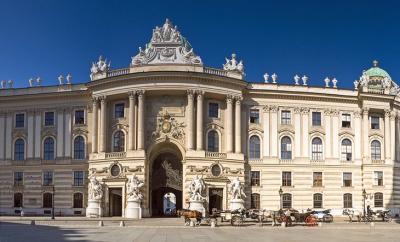8 Results in category Historical places guided tours
Touring historical or cultural sites in urban settings is best done on foot. While short tours last only a few minutes, longer tours can last the whole day of visiting several sites. A tour guide is responsible for escorting the tourists in longer walks. A tour guide isn’t necessary in walking tours. This distinguishes it from longer tours that require guides who are well familiar with the sites being visited. The guide’s purpose is to explain and interpret the historical and cultural background as well as the artistic significance of the tourist sites. These kinds of tours, whether long or short are a universal part of the tourism industry all over the world. In some cities, groups of people are currently using a dramatic aspect to appeal more to the tourists. The actors in the walking tours bring history back to live passing historical knowledge effectively and efficiently.
The walking tours are a specific genre in the tourism industry. These tours take place outside of traditional museum settings and require the audience to move through urban environments. This fact makes this style of walking tour a genre of its own.
Another of Austria's most-visited palaces-and one that should definitely be included on your Vienna travel itinerary-is the spectacular Belvedere Palace (Schloss Belvedere).
The Emperor Maximilian I, who reigned in the late 1400s and early 1500s, made Innsbruck the main residence and the seat of the Hapsburg government and, as a result, a focal point of Europe
To the east of St. Veit, on a crag rising some 160-meters above the valley, sprawls the imposing Burg Hochosterwitz, Austria's most important medieval castle.
Melk Abbey is one of the world's most famous monastic sites, and its spectacular buildings are laid out around seven courtyards.
As the residence of Prince Archbishops, Salzburg was a spiritual center from the earliest days of Christianity in Europe.
Located on Vienna's outskirts, the Baroque Schönbrunn Palace was completed in the early 1700s and was later converted into a summer residence by Empress Maria Theresa.
The Spanish Riding School dates back to the time of Emperor Maximilian II, the man responsible for introducing the famous Lipizzaner horses into Austria in 1562.
The spectacular Hofburg Palace in Vienna was for centuries the seat of Austria's monarchy, the powerful Habsburgs. Now the President conducts state business in the same rooms that once belonged to Emperor Joseph II.

